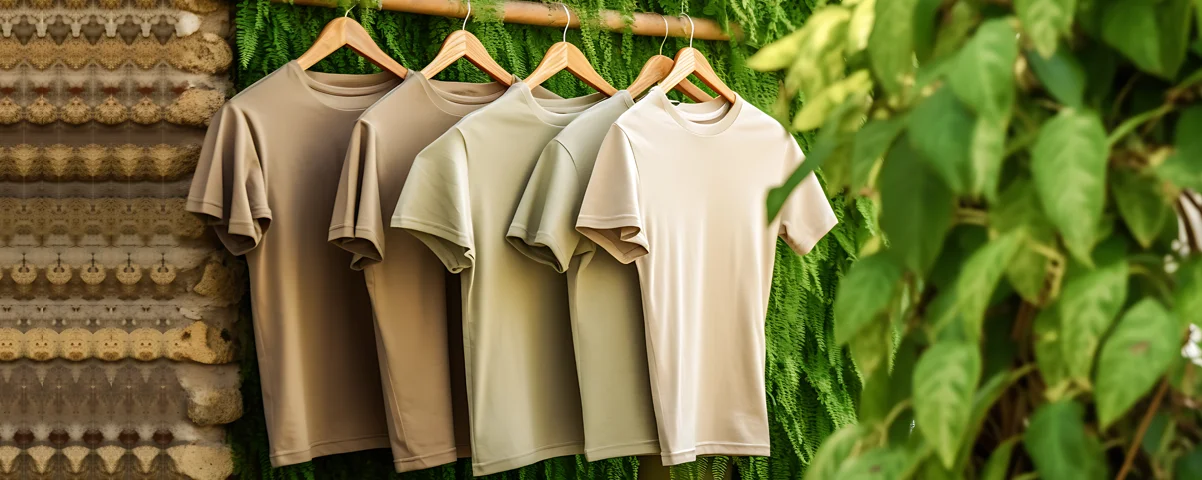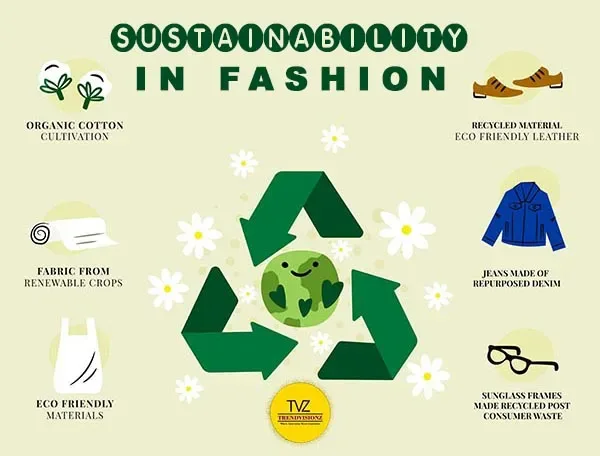Find Cape Town Sustainable Fashion Boutiques and Brands
Remain Ahead of the Contour by Checking Out Innovative Style Fads
In an industry as dynamic as style, staying ahead includes more than simply complying with present fads-- it requires an expedition of innovation. The merging of technology and style advertises a new period of customer involvement.

Welcoming Smart Textiles
In the last few years, the apparel industry has actually observed a transformative change with the assimilation of clever textiles, an innovative development that mixes modern technology with material. This development stands for not just a fusion of visual appeals and functionality however also a significant leap in the direction of sustainability and personalization in fashion. Smart fabrics, likewise referred to as e-textiles, installed sophisticated electronic devices such as sensors and conductive strings within the fabric, enabling garments to connect with the environment or the wearer.
These textiles are designed to keep an eye on physical parameters, such as heart rate or body temperature level, supplying real-time wellness analytics. Past health and wellness applications, clever fabrics are also being utilized for adaptive garments, which can alter shade or pattern in action to ecological stimuli, hence using a dynamic fashion experience.
Additionally, the development of energy-harvesting textiles that produce power from movement or sunlight is leading the means for self-dependent wearable modern technology. This innovation is appealing to eco conscious consumers and developers aiming to minimize the eco-friendly footprint of style. As r & d in this field breakthrough, wise textiles are anticipated to come to be significantly widespread, improving the landscape of modern-day fashion with their multifunctional abilities.
The Rise of 3D Printing
Reinventing the manufacturing landscape, 3D printing has actually arised as a game-changer in the garment industry. This innovative modern technology has actually made it possible for developers to press the borders of imagination, generating detailed and tailored garments that were previously unbelievable. By leveraging electronic layout and additive manufacturing, 3D printing helps with the creation of complicated geometries and patterns, enabling developers to trying out new textures and frameworks.
A noteworthy benefit of 3D printing in vogue is its capability to create on-demand, decreasing waste and minimizing stock demands. This performance not only enhances production procedures yet likewise allows for fast prototyping, making it possible for developers to bring their visions to life in a much shorter timeframe. Moreover, 3D printing supports personalization somewhat unparalleled by typical approaches, providing tailored fits and distinct designs customized to private consumer preferences.
The surge of 3D printing has actually additionally democratized style, making it easily accessible to emerging developers that can currently produce top quality items without significant economic investment in conventional manufacturing infrastructure. As technology continues to advancement, the fashion market is poised to harness the complete possibility of 3D printing, checking out brand-new materials and techniques that will certainly redefine how style is conceived and created.
Sustainable Fashion Innovations
As the fashion industry faces journalism requirement for environmental obligation, lasting fashion innovations have actually arised at the center of transformative adjustment. The expanding understanding of environmental impact has sustained a change in the direction of even more eco-conscious techniques and products. Brand names and designers are now focusing on sustainability, incorporating methods that lessen waste and lower carbon footprints.
One substantial advancement is the increase of circular fashion, which stresses recycling and upcycling to extend the lifecycle of garments. This technique not just decreases waste yet likewise motivates consumers to adopt a more conscious method to clothes consumption. Additionally, making use of sustainable materials, such as home natural cotton, hemp, and recycled polyester, has obtained grip. These materials need less water and power throughout production, dramatically minimizing environmental influence.
One more innovation depends on the fostering of cutting-edge dyeing strategies that make use of waterless processes or all-natural dyes, therefore lowering the vast quantities of water and chemicals traditionally utilized in textile dyeing. Additionally, innovations in biotechnology have actually led to the development of lab-grown leather and fabrics, using cruelty-free and eco-friendly alternatives to traditional products. With these introducing initiatives, the fashion business is making meaningful strides towards a more sustainable future.

Tech-Integrated Garments
Tech-integrated garments represents an innovative fusion of style and modern technology, reshaping exactly how people communicate with their clothes. This cutting-edge domain name is noted by the incorporation of wise textiles and ingrained digital parts, improving both performance and aesthetic charm. From physical fitness trackers installed in sports apparel to heated coats regulated using smart device applications, tech-integrated garments offers consumers unmatched comfort and versatility.
Pioneering brand names are driving this pattern, concentrating on creating garments that react to environmental stimuli or individual commands. For circumstances, some garments can change shade or pattern in response to temperature level changes, while others include biometric sensing units to keep an eye on wellness metrics like heart rate or anxiety levels. The smooth combination of modern technology into fabrics also reaches environmental sustainability, with efforts to create self-cleaning materials or garments that get used to weather, thus minimizing the requirement for numerous layers.
Furthermore, the advent of wearable technology is not simply restricted to clothes but prolongs to devices like watches and eyeglasses, more widening the range of tech-integrated fashion. As the market remains to introduce, the potential for personalization and personalization in apparel expands, using customers distinct, tech-enhanced fashion experiences that cater to their specific demands and preferences.
Future of Virtual Style
In current years, the future of virtual style has arised as a transformative pressure within the industry, leveraging improvements in electronic modern technology to redefine just how fashion is developed, experienced, and taken in. By incorporating augmented truth (AR), online fact (VR), and 3D design devices, designers can now craft interactive and immersive experiences that transcend typical fashion borders. Digital style permits the production of garments that exist solely in digital atmospheres, supplying limitless opportunities for advancement without the constraints of physical production.
This digital shift not only provides opportunities for creative expression but also addresses sustainability worries inherent in conventional fashion practices. Cape Town Sustainable Fashion. news By removing the need for physical resources, virtual style lowers waste and minimizes carbon impacts. Additionally, the rise of online fashion lines up with the increasing consumer need for distinct and tailored experiences, as digital garments can be customized and customized to private choices effortlessly

Verdict
The fashion industry's future lies in the integration of sustainable techniques and ingenious modern technologies. Online fashion is poised to redefine customer interactions.
In recent years, the style industry has actually experienced a transformative shift with the assimilation of wise textiles, an innovative development that mixes technology with textile.As the fashion industry grapples with the pressing demand for ecological obligation, lasting style innovations have actually emerged at the forefront of transformative adjustment.In recent years, the future of online style has actually click for more arised as a transformative pressure within the sector, leveraging advancements in electronic innovation to redefine just how fashion is created, experienced, and eaten. The rise of online fashion aligns with the enhancing customer need for special and tailored experiences, as digital garments can be customized and customized to specific preferences with simplicity.
The fashion industry's future lies in the combination of lasting practices and cutting-edge technologies.